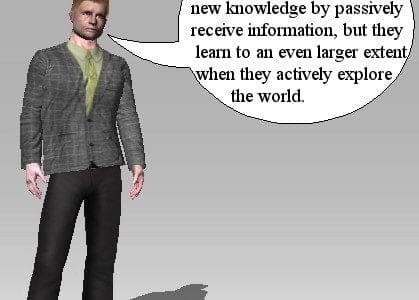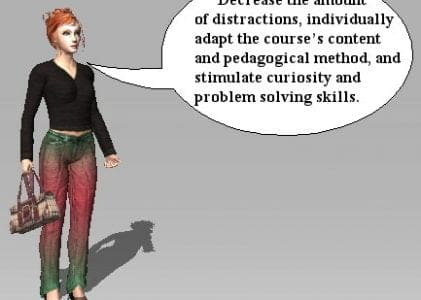Basics about the art of creating interactive courses part 2
Interactivating course material basically should be intuitively understandable. A student that visit the course module for the first time should not need to read any user manual in order to be able to orientate herself on the platform’s tools and content. However, this goal is not always that easy to …










